Digital Bifurcation Analysis
Student: Samuel Pastva
Supervisor: Luboš Brim
Mgr. in Informatics with honours, Parallel and Distributed Systems specialisation


Samuel Pastva
Member of the Sybila (systems biology) laboratory since 2015
co-author of 10 international publications
Google Scholar h-index 4
Luboš Brim
Google Scholar h-index 31
Active in the area of formal verification since 1980
Founder and head of Sybila since 2009
David Šafránek
Google Scholar h-index 12
Coordinator of The National Infrastructure for Systems Biology and CyanoTeam group
GAČR project: Techniques for analysis of complex dynamical systems
Bifurcation analysis is a well studied problem in continuous dynamical systems.
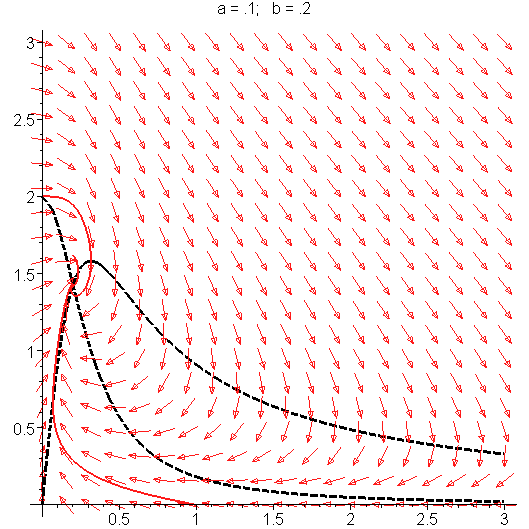
Physical reality is becoming increasingly digital.

Digital systems also exhibit bifurcation*
Local stability and Hopf bifurcation analysis of a Rate Control Protocol with two delays
Abuthahir and Gaurav Raina, 2015
*
Bifurcation: A smooth parameter change leads to a qualitative change in behaviour.
To design safe and robust digital systems, we need to understand their behaviour with respect to parameters.
- Define bifurcation in terms of appropriate qualitative behavioural equivalence.
- Study techniques for expressing behavioural patterns.
- Design techniques and algorithms for computing digital bifurcation analysis.
- Evaluate these techniques using a suitable implementation.
Research question:
What is bifurcation in digital reactive systems?
Qualitative equivalence of reactive systems
- Topological vs. simulation perspective (bisimulation, etc.)
- Continuity on parameter space
Behavioural patterns
- Temporal logics with hybrid operators
Algorithms based on formal verification
- Model checking
- Abstraction, state-space reduction, parallel computation
Evaluation (case studies)
- Abstractions of continuous systems (ODE)
- Discrete models (Boolean Networks, TLA+)
- Hybrid systems
Preliminary results:
In [1] and [2], we have shown that temporal logics with parameter synthesis can be used to detect behavioural patterns.
[1] High-performance discrete bifurcation analysis for piecewise-affine dynamical systems
L. Brim, M. Demko, S. Pastva, D. Šafránek, HSB 2015
[2] A Model Checking Approach to Discrete Bifurcation Analysis
N. Beneš, L. Brim, M. Demko, S. Pastva, D. Šafránek, FM 2016
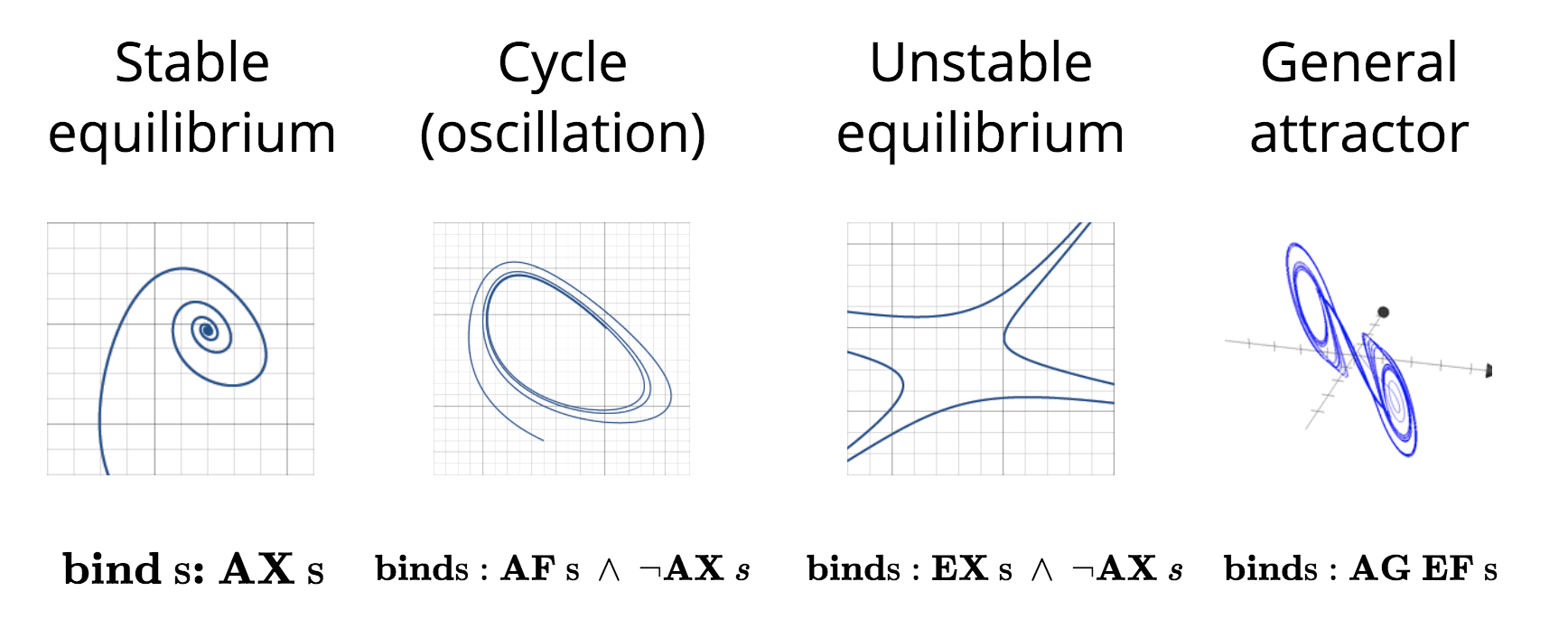
In [3] and [4], we have introduced a semi-symbolic parameter synthesis technique and a tool PITHYA.

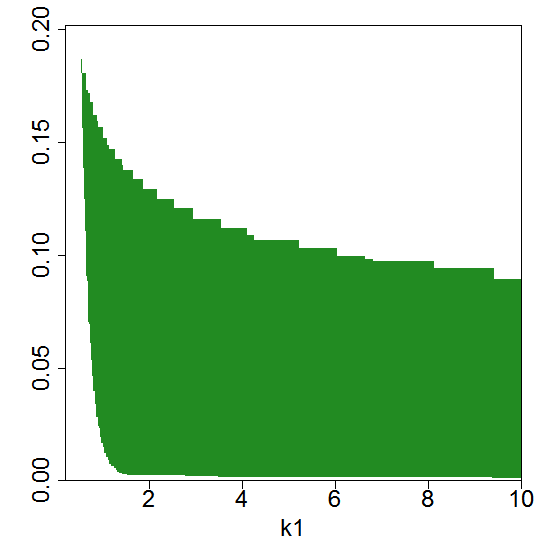
Preliminary results:
[3] Parallel SMT-based parameter synthesis with application to piecewise multi-affine systems
N. Beneš, L. Brim, M. Demko, S. Pastva, D. Šafránek, ATVA 2015
[4] Pithya: A Parallel Tool for Parameter Synthesis of Piecewise Multi-affine Dynamical Systems
N. Beneš, L. Brim, M. Demko, S. Pastva, D. Šafránek, CAV 2017
In [5] and [6], we present case studies of aforementioned techniques based on collaboration with Faculty of Science and Faculty of Medicine.
Preliminary results:
[5] High-Performance Symbolic Parameter Synthesis of Biological Models: A Case Study
M. Demko, N. Beneš, L. Brim, S. Pastva, D. Šafránek, CMSB 2016
[6] Toward Modelling and Analysis of Transient and Sustained Behaviour of Signalling Pathways
M. Hajnal, D. Šafránek, M. Demko, S. Pastva, P. Krejčí, L. Brim, HSB 2016
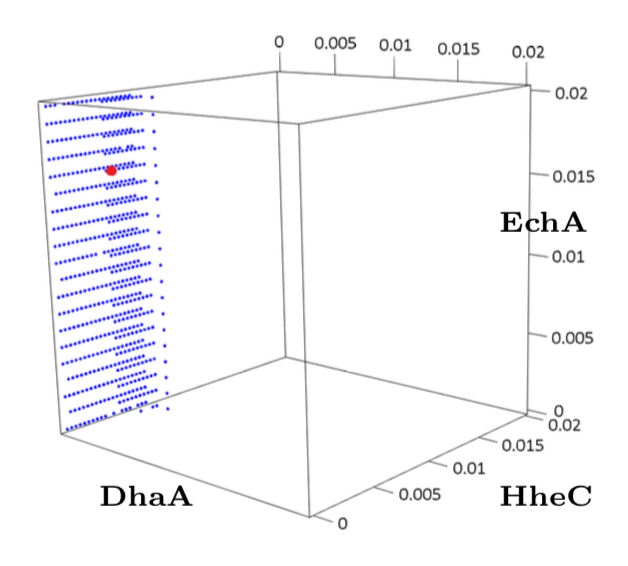
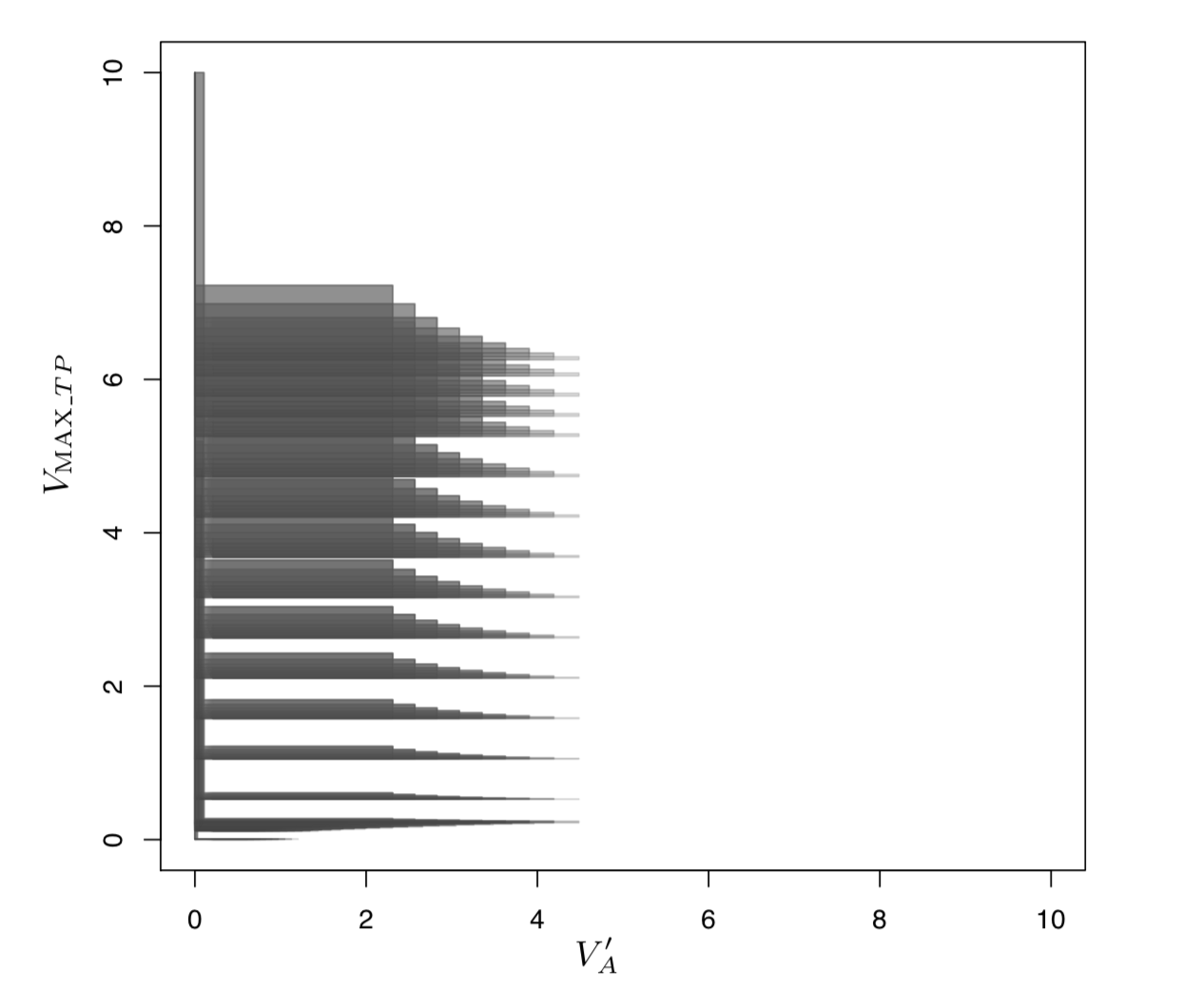
Digital Bifurcation Analysis
By Samuel Pastva
Digital Bifurcation Analysis
- 257



